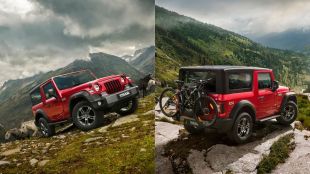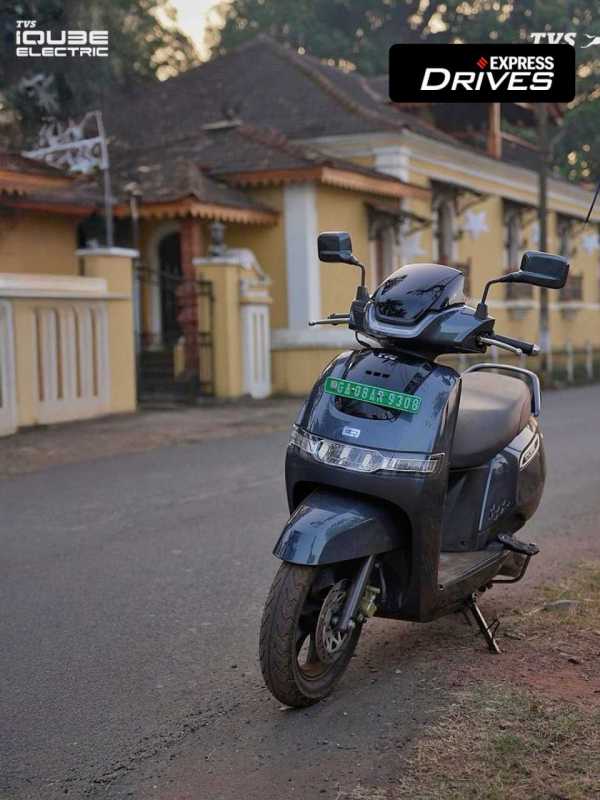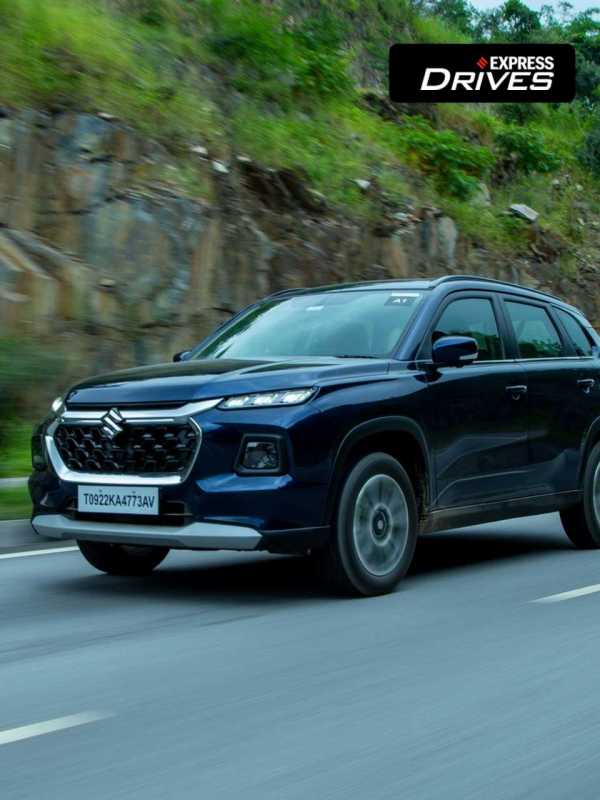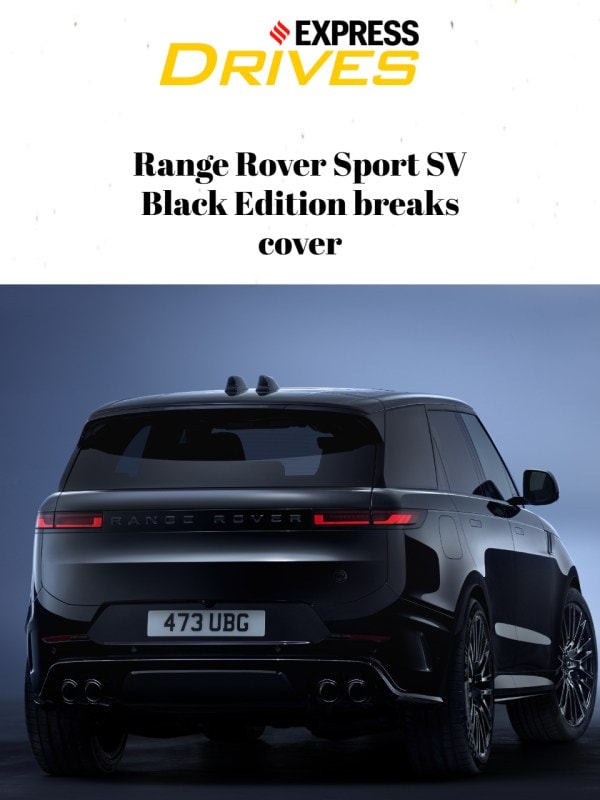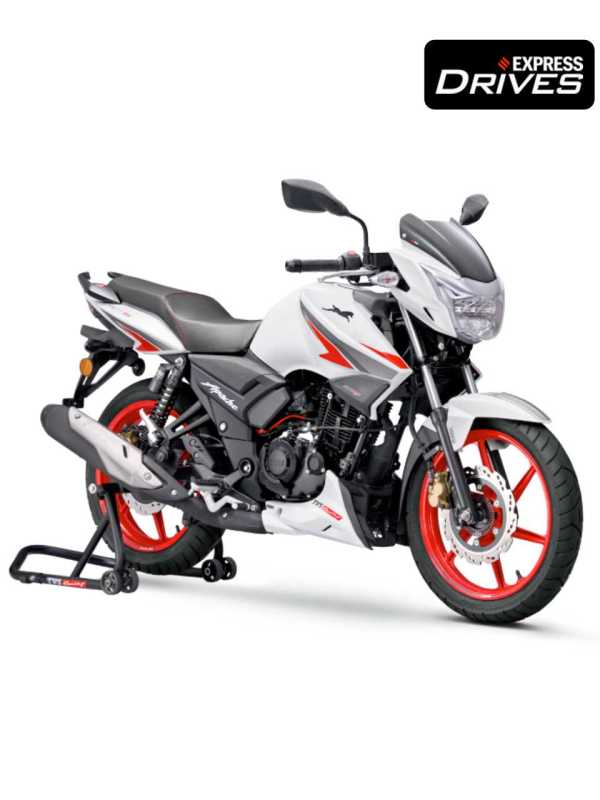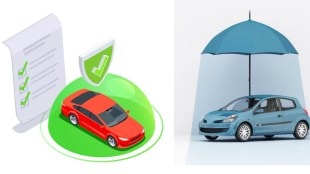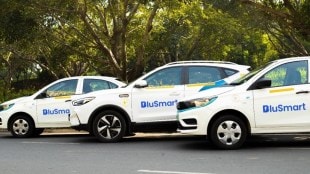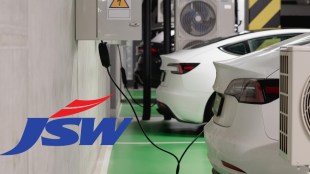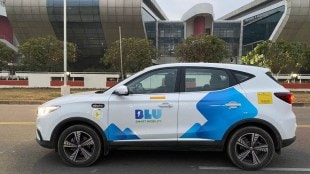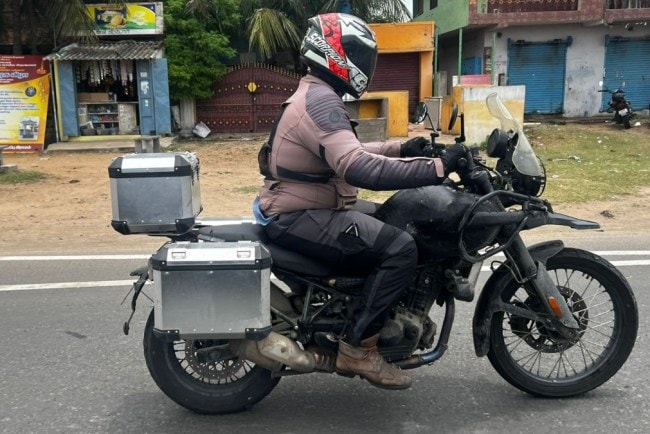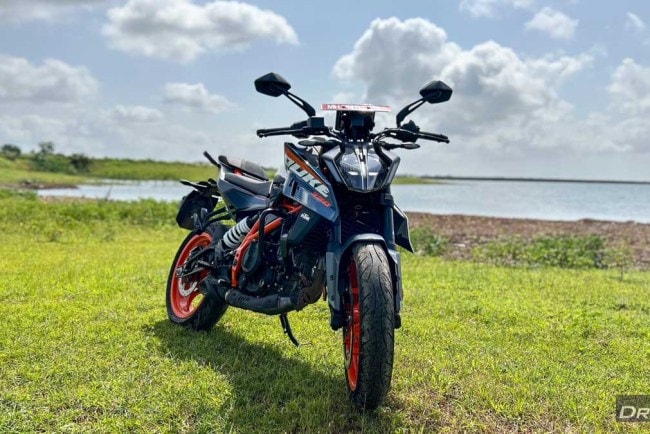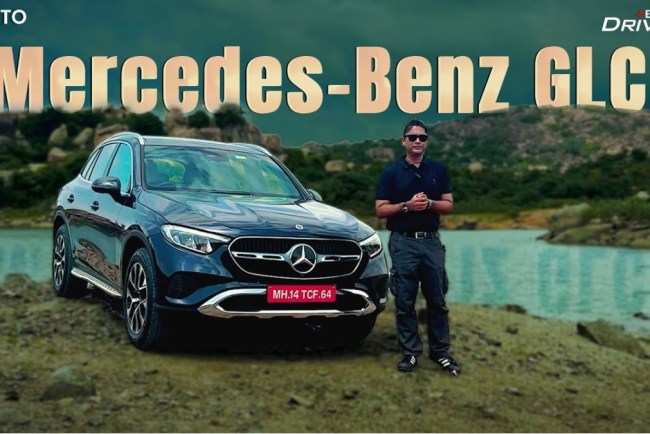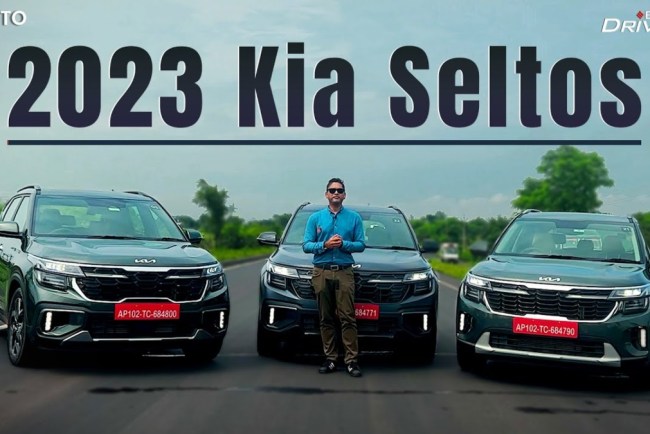Electricity is the way forward for the transportation industry. The rapid emergence in the adoption of EVs at least gives this perspective. Express Mobility recently concluded the Future of Mobility Summit 2022 to understand the ground-reality of EV adoption in our country and challenges associated with it. The panel discussion – Transforming First and Last Mile Mobility Solutions with EVs, revealed some great insights, and here are short excerpts from the same.
Moderating the discussion – Ashim Sharma, Nomura Research Institute, initiates by revealing how battery swapping technique reduces a vehicle’s downtime, but it restricts the innovation for form factor, chemistry and more by bringing in standardisation.
Watch Video | Panel Discussion | Transforming First and Last Mile Mobility Solutions With EVs:
A Sharan, Altigreen shares his perspective on the same saying, “Standardisation, form factor, charging-discharging rate, and ageing of batteries is a challenge. Financing of batteries will, however, play a large part in the innovation process. While it can’t be the broad brush, the battery swapping will work in select cases.” On the same note, Jitendra Sharma, Okinawa, adds, “Battery swapping brings accessibility across the table, but stakeholders need to come together for standardising form factor and other key aspects of the battery.”
On the subject of financing playing a key role in the overall adoption of battery swapping practice, Mahua Achrya, CESL, said that banks should come together to finance the battery-swapping business. It is a super-specialized and niche business, which also requires land. The business is set to bring the cost of ownership down tremendously, but it is also a complicated one. Adding about the challenges in financing the EVs, Mohammed Turra, Quicklyz, said, “Fleet buyers are already being catered, but individuals find the financing tough. The issues that crop are – low tenure, low LTV, high down payment, and higher IRR. Since financiers are scared of low resale value, these issues crop up.”
Also, robust and specifically-customised vehicles for Indian conditions is an important aspect for the adoption of EV in the country, adds Ashim Sharma. The challenge for Altigreen was to design an EV that is as good as an ICE vehicle because every geography is different, and ours is very different. And thus, we need to build a product from the ground up, which is at the very basic level of Altigreen, says A Sharan. “For this geography we need to innovate,” he added.
“Abuse, theft, and vandalism were key points while designing the Yulu Miracle,” added Gupta on a similar note. Also, Yulu had to make a fix between private mobility and shared mobility while designing the bike. He added, “It all came to an end as we wanted to solve the mobility issue for a larger audience.Thus, we decided to stick with the LSV category.”
To keep a track of EVs and to keep them safe in the shared mobility business, they can be telematics enabled. However, data has a tricky issue called privacy, and private owners do not want to share the consent on the same, add Mahua Acharya.
Nevertheless, the subscription model enables the right to track vehicles, since the ownership remains with the service provider. The vehicle can be tied-up for a maintenance contract, which may even secure its resale value. It isn’t feasible for individual consumers, but money is out there and someone needs to tap it. A lot of financers want to fund green mobility, which will help individual buyers, said Turan.
Talking on energy as a service and battery financing, he shared that it isn’t a silver bullet, but will help in increasing adoption of EVs. While it is tough to serve individual owners, in subscription services, it is operable. Mahua Acharya, however, quoted that mobility as a service will be a better move than energy as a service. Highlighting another challenge of this industry, Gupta shed light on the omission of LSV’s from FAME subsidies and the high 18 per cent GST being levied on battery purchase.
Building Smart Charging Infrastructure:
India is also emphasising on becoming carbon neutral by 2070. The absolute shift from fossil fuels to electricity as a fuel source requires mobility to go electric. For the acceptance of EV, India certainly needs a smart charging infrastructure. Discussing on the development of the same, Saket Mehra, Grant Thomson, lead the panel which involved Akshay Singhal of Log9 Materials, Ramesh Dorairajan from Tata Motors, Maxson Lewis from Magenta, and Vikash Mishra, MoEVing.
Watch Video | Panel Discussion | Building Smart Charging Infrastructure:
Ramesh Doiraja added, higher adoption for EVs will be witnessed when more charging stations will start to show up on roads. To facilitate this thought, Tata Power has installed charging stations on highways. Also Tata Motors is providing one charger with every electric vehicle. The brand is also making full use of location advantages it has with its wide dealer network. However, certain niggles crop up like the charging station owner cutting off the power supply for the charger during dark.
Further adding on the requirement of a smarter charging infrastructure, Vikash, added that DISCOMs should come ahead to set up a charging infra at low CapEx and OpEx. He added, “The battery swapping system should be developed on the lines of telecom networks. The swapping should be as seamless as transitioning from one network to another without changing the primary device.”
“Moving to clean mobility is inevitable therefore we need a better solution to the diminutive charging infrastructure. We are currently on the task of installing 2950 chargers across 35 locations in India. HPCL is also installing 1,000 chargers in the fuel station, but parked vehicles occupy too much space. In fact, cut-copy-paste of foreign solutions will not help in our case. We need India-specific solutions. Acknowledgment from DISCOM’s end for EV charging channels should help in bringing down the overall OpEx and downtime,” spoke Maxson about the current affair of the charging station network.
The battery swapping is a child of the energy or battery as service business. Apart from reducing the overall downtime of the vehicle, it will help in overcoming another hurdle in the race – upfront cost of EVs, said Akshay. He further added, “Subsidies are available currently, but they will not last forever. Once that happens, EVs will look expensive. Thus, it is easy to reduce the battery from the whole equation. Having it as a service will eventually reduce the overall cost of an EV.”




